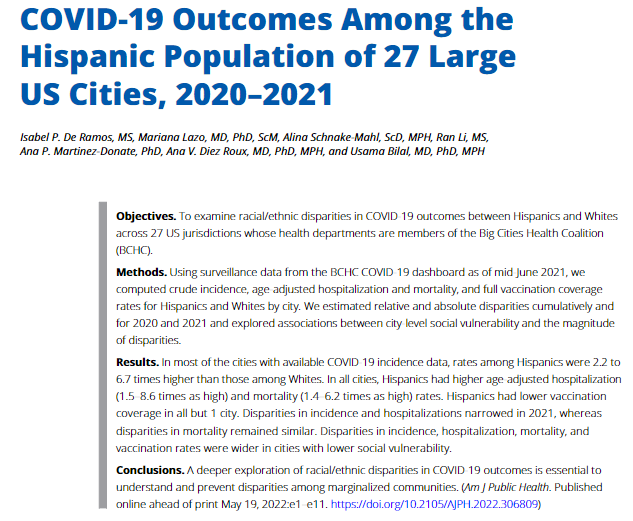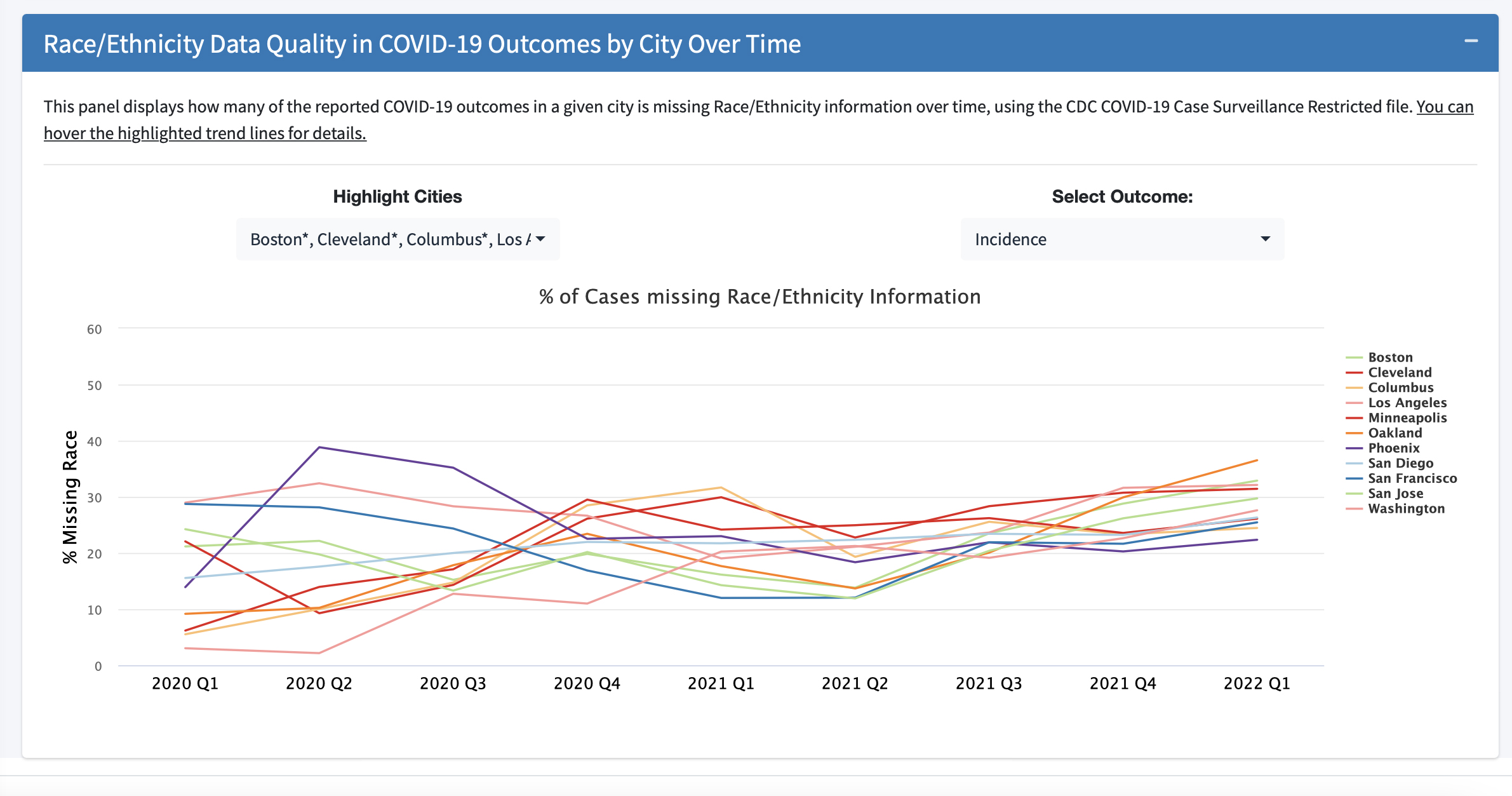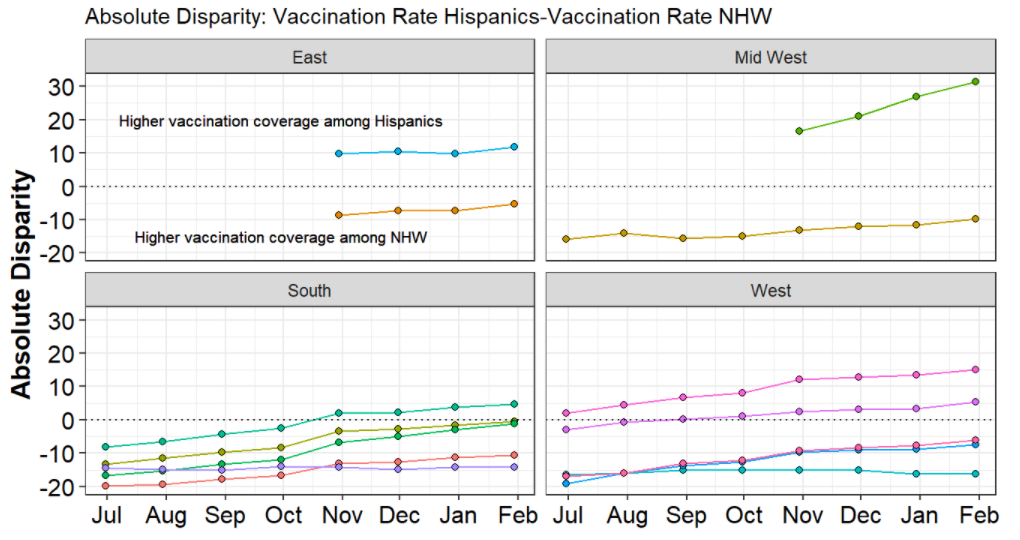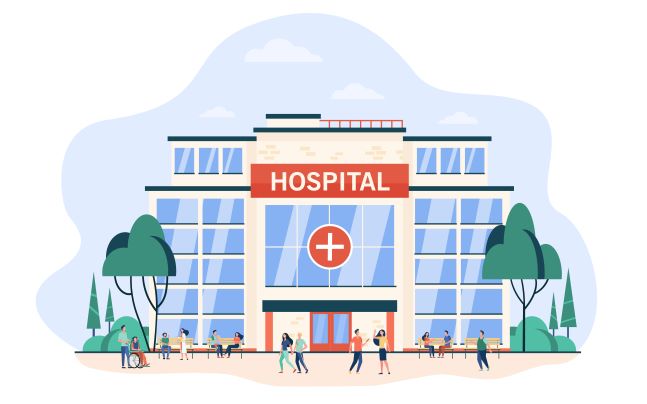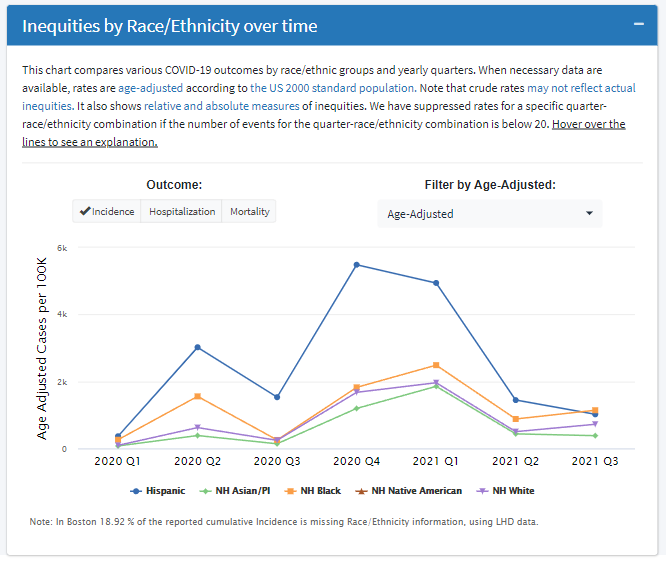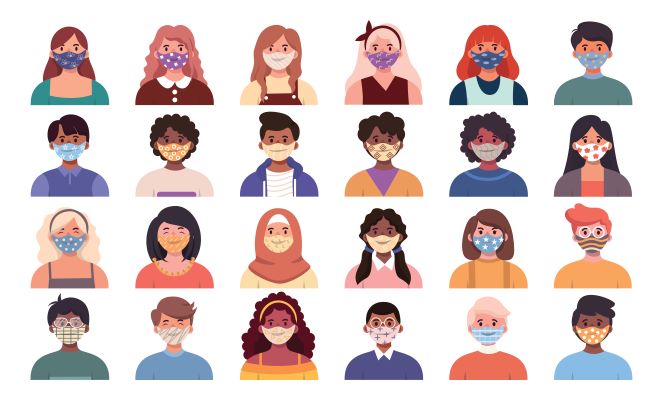COVID-19 OUTCOMES AMONG THE HISPANIC POPULATION IN 27 U.S. CITIES
The United States has been one of the countries most affected by the COVID-19 pandemic. The Hispanic community and other minoritized racial/ethnic groups have been disproportionately affected throughout the country. Although inequities in COVID-19 outcomes have received substantial attention in academic research, most studies have focused on disparities measured at the state level. Urban areas face different public health challenges unique to their spatial and contextual composition. These challenges, heightened by the ongoing pandemic, further burden the disadvantaged populations within such areas.
